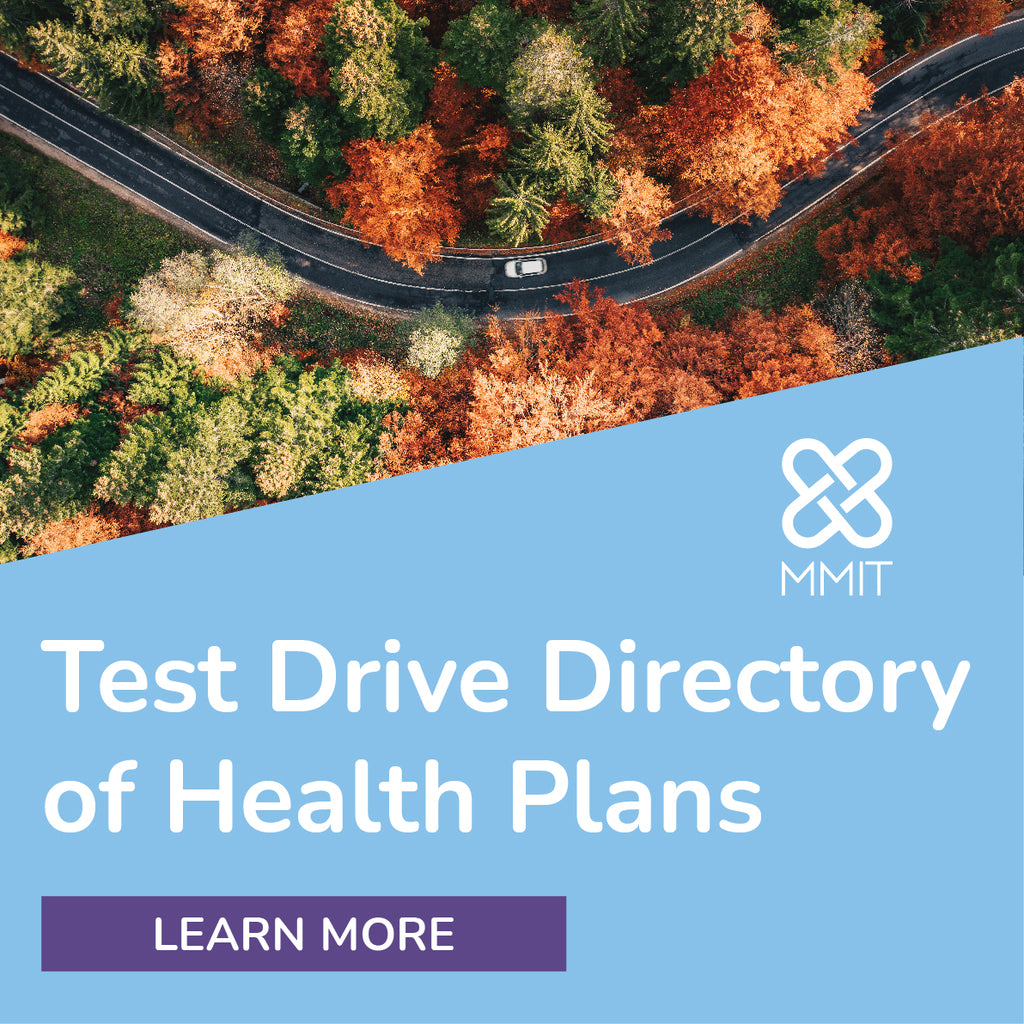Radar on Drug Benefits
-
News Briefs: Startup PBM Closes $100m Funding Round
Startup PBM Rightway on March 30 closed a $100 million Series C financing round, the firm said. According to Rightway, that means the startup is now valued at $1.1 billion. A press release discussing the funding round claims that the firm now serves more than 500,000 members and 850 clients. Rightway, which touts its transparency to prospective clients, also claimed that it generates “an average of 20% reduction in year 1 pharmacy cost savings.”
Payers doubt that state prescription drug affordability boards (PDABs) will have an effect on prescription costs any time soon, according to a survey by Avalere Health. As part of its survey, Avalere conducted “six double-blinded interviews with health plan representatives.” Among the states that have established PDABs, Colorado, Maryland, Minnesota and Washington granted their boards the authority to set upper payment limits (UPLs.) According to Avalere, “all interviewees agreed that UPL-affected drugs or their competitors in the therapeutic class could see greater utilization management…depending on how manufacturers respond to supply chain changes, rebating, and UPL implementation.” In addition, five of six interviewees said they “expect formulary adjustments.” Colorado’s was the first PDAB to propose a UPL, but that has been challenged by the affected drug manufacturer. As a result, interviewed Colorado payers “are not yet actively preparing for a UPL,” expecting that the actual UPL won’t come into effect for “more than a year.”

-
Wegovy Coverage Question Puts Part D Plans in Tricky Position
In newly released guidance, CMS told Medicare Part D plans that they’re allowed to cover weight-loss drugs if they’ve been approved for another medical use — a description fitting Novo Nordisk’s Wegovy (semaglutide) after it recently received an FDA nod for preventing major heart problems.
So far, CVS Health Corp., Elevance Health, Inc. and Kaiser Permanente have said their Part D plans will cover Wegovy for its newest approved use: reducing the risk of heart attacks and strokes in people who have cardiovascular disease and who meet body-weight criteria, the Wall Street Journal reported on March 28.
For other insurers that sell Part D plans, the decision about whether to cover Wegovy represents an additional challenge to grapple with, as they’re also facing significant regulatory changes.

-
With Kroger Specialty Purchase, Elevance Closes Gap in Race With Health Service Giants
Elevance Health Inc. plans to buy Kroger Co.’s specialty pharmacy division, the firms revealed on March 18, in a deal that closely follows Elevance’s purchase off Paragon Healthcare, Inc., an infusion center provider. Health care insiders say that the Kroger deal is a shrewd play for Elevance, which in recent years has sought to expand its Carelon health services arm, particularly the CarelonRx PBM.
The deal could help Elevance catch up with other major insurers. Elevance, a for-profit Blue Cross and Blue Shield affiliate, lags behind its publicly traded managed care competitors, such as The Cigna Group, CVS Health Corp. and UnitedHealth Group, in health services revenue. All three health services divisions, respectively Evernorth, Caremark and Optum, include a major PBM and lucrative specialty pharmacy divisions that serve both their own plans and payers outside their own enterprise. Cigna and CVS's care management divisions had higher revenues and earnings than their insurance divisions in the fourth quarter of 2023, which is often the case for those firms.

-
Insurers Will Likely Require Step Therapy for New Schizophrenia Drug
Bristol Myers Squibb on March 18 completed its $14 billion acquisition of Karuna Therapeutics, Inc., whose lead drug, KarXT (xanomeline-trospium), is expected to gain FDA approval for treating schizophrenia later this year. That deal and results from clinical trials suggest KarXT could gain significant market share in a crowded schizophrenia medication marketplace.
However, two drug pricing experts tell AIS Health that it remains to be seen how payers will cover KarXT, especially if it’s priced significantly higher than its generic competitors, as it is expected to be. KarXT, an oral medication, has an FDA Prescription Drug User Fee Act data of Sept. 24, meaning the FDA will make an approval decision by then.

-
Pharma Takes Aim at New Legal Foe: State Drug Affordability Boards
Prescription drug affordability boards (PDABs) have been rising in popularity as a way for states to tamp down on soaring drug prices. But a recent lawsuit filed by one drugmaker and public remarks from the industry’s main trade group make it clear that the pharma sector sees such boards — and the price caps some are authorized to set — as a major threat.
In a suit filed on March 22, Amgen Inc. takes aim at Colorado’s Prescription Drug Affordability Review Board, which is the closest to becoming the first state board to set an upper payment limit (UPL) on a drug. The state in late February initiated formal rulemaking to set a UPL for Enbrel (etanercept), Amgen’s rheumatoid arthritis treatment, after determining it was unaffordable.












